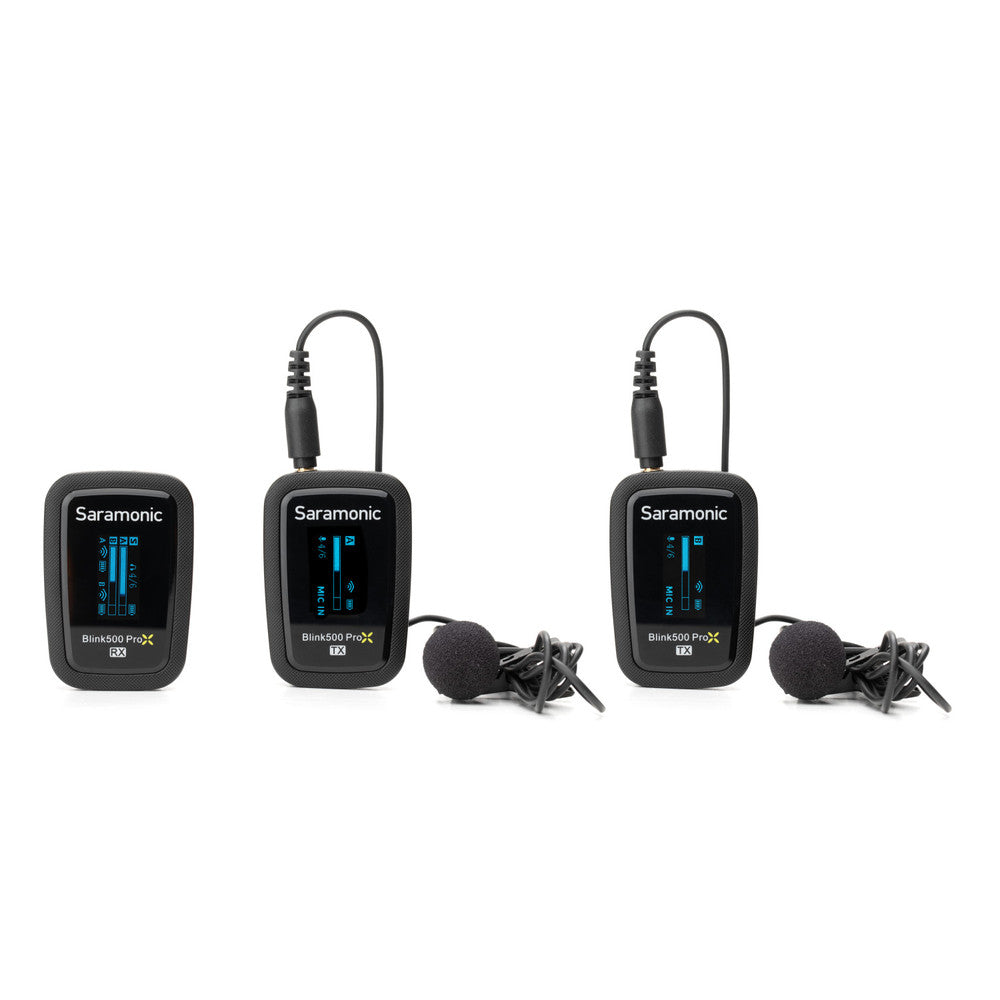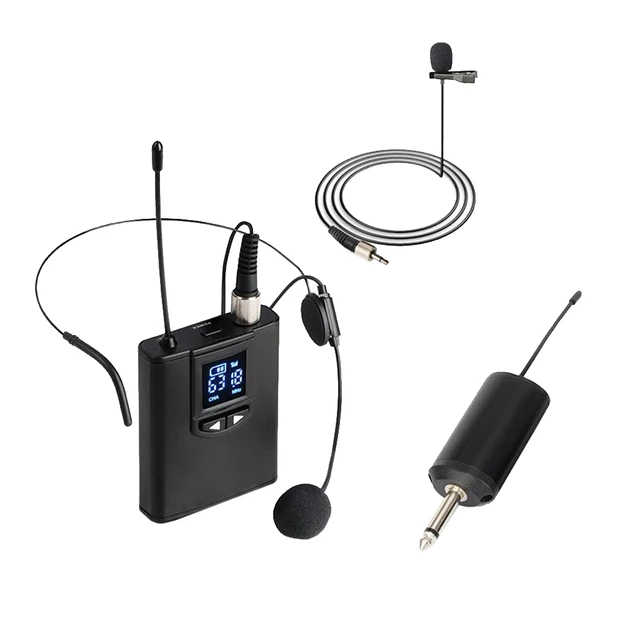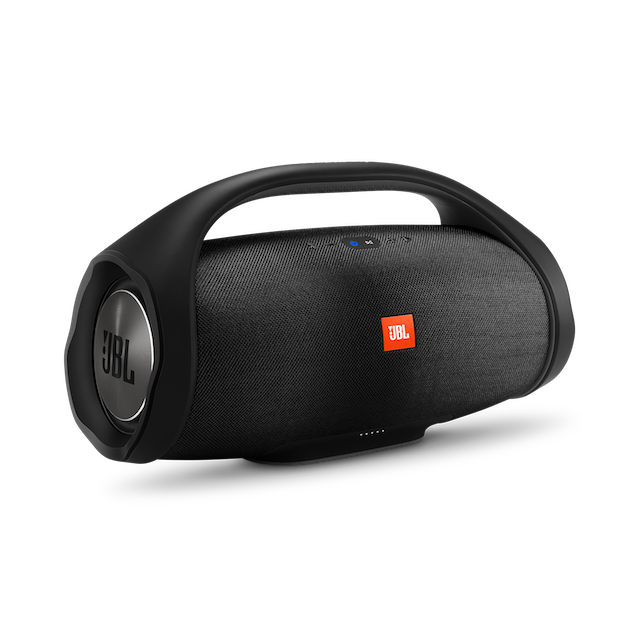Lavalier microphones, often referred to as lapel mics, have become increasingly popular in the world of video production, public speaking, and broadcasting. Their compact size and excellent audio quality make them ideal for hands-free recording, allowing speakers to move freely while ensuring crystal-clear sound. Wireless lavalier microphones take this convenience a step further by eliminating the hassle of cords and giving users more freedom of movement. This guide dives into everything you need to know about wireless lavalier microphone, including their benefits, features to look for, and tips for optimal usage.
What is a Lavalier Microphone?
Basics of Lavalier Microphones
Lavalier microphones are small, discreet microphones designed to clip onto a person’s clothing, usually near the collar or lapel. Their compact design makes them ideal for interviews, presentations, and performances, enabling unobtrusive audio capture while the individual speaks. They can generally be connected to various recording devices, such as cameras, smartphones, or portable audio recorders, which adds to their versatility.
How They Work
These microphones work by capturing sound waves and converting them into electrical signals. With wireless lavalier systems, the microphone transmits audio signals to a receiver using radio frequencies. The receiver then connects to the recording device. This technology allows the speaker to move around freely without being tethered by a cable, making it ideal for dynamic performances and situations where mobility is essential.
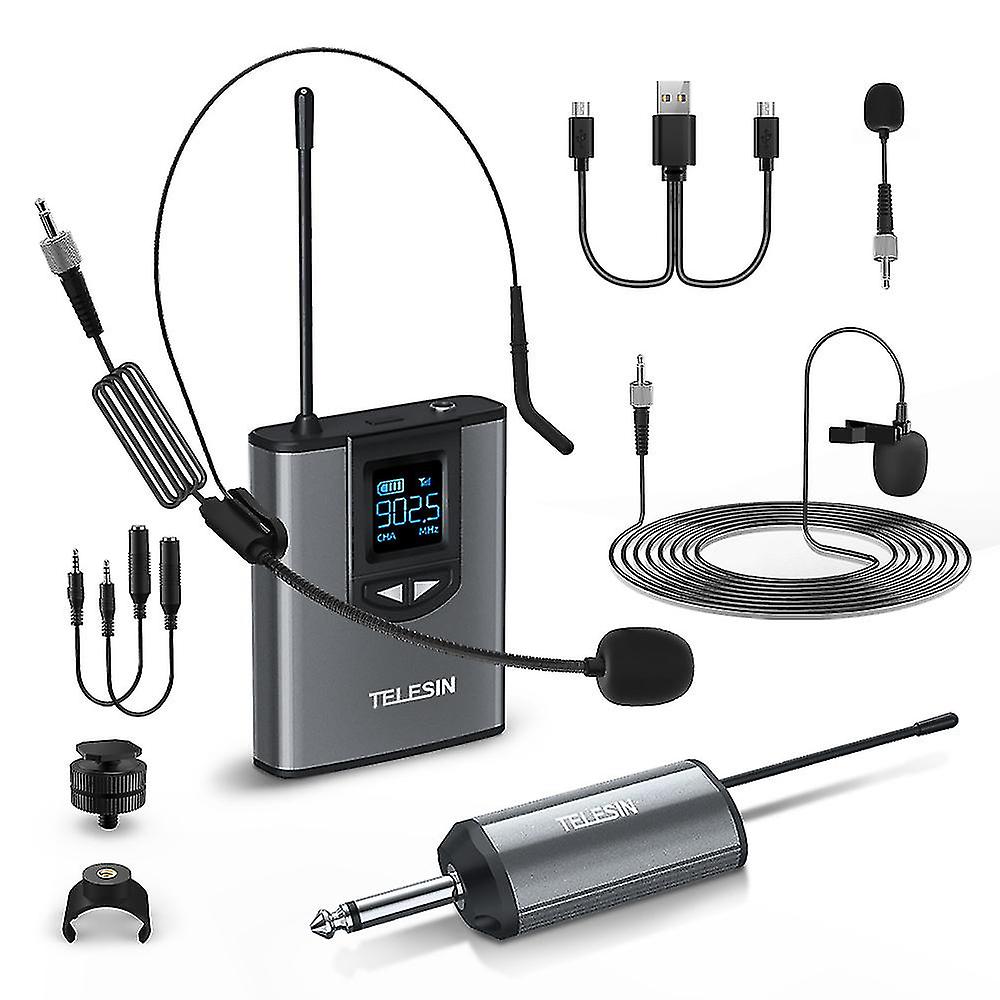
The Benefits of Wireless Lavalier Microphones
Freedom of Movement
One of the most significant advantages of wireless lavalier microphones is the freedom they provide. With no cables to worry about, speakers can move around freely, making them more engaging and dynamic. Whether you’re walking around a stage, conducting interviews on the street, or simply presenting in a classroom, a wireless setup allows for better interaction without the limitations that cords impose.
Improved Audio Quality
Wireless lavalier microphones often come equipped with advanced technology that ensures high-quality sound capture. Many models offer features like noise cancellation and windshields to minimize background noise. This high audio quality enhances overall production value, whether in filmmaking, vlogging, or corporate presentations. As a result, your audience will enjoy a clearer and more professional listening experience.
Key Features to Consider
Frequency Range
When choosing a wireless lavalier microphone, consider the frequency range it operates on. Most wireless systems work on UHF (Ultra High Frequency) or VHF (Very High Frequency) bands. UHF systems usually offer broader frequency ranges, meaning they can provide better sound quality and are less prone to interference. Look for systems that operate on multiple channels, enabling you to switch frequencies easily if there are any unexpected interferences during recording.
Battery Life
Battery life is another critical factor to consider. A longer battery life means fewer interruptions during your recordings. Many wireless lavalier microphones use rechargeable lithium-ion batteries, while others rely on disposable batteries. Always check how long the battery lasts under typical operating conditions and whether it’s easy to replace or recharge. Additionally, consider carrying spare batteries or a portable charger if you’re working on an extended project.
Range and Connectivity
Range refers to how far you can move away from the receiver before the audio signal drops out. Most consumer-grade wireless lavalier mics offer ranges from 50 to 300 feet. If you’re recording large events or in open spaces, opt for a microphone with a longer range. You’ll also want to ensure that the connection between the transmitter and receiver is reliable. Some systems come with encryption features that secure the audio signal, ensuring clear communication even in crowded public spaces.
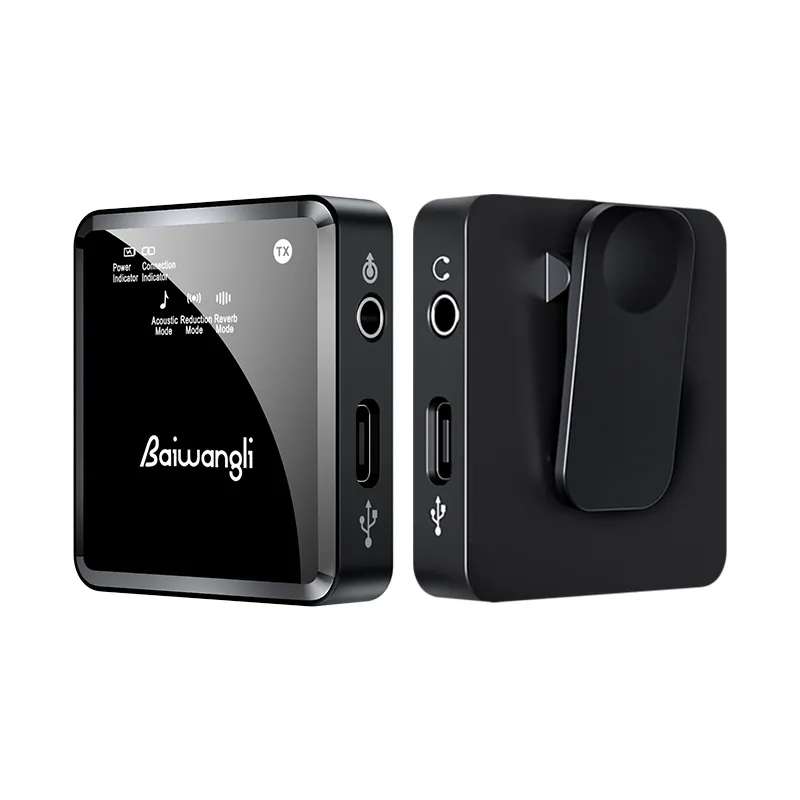
Popular Wireless Lavalier Microphone Options
Rode Wireless GO II
The Rode Wireless GO II has gained popularity due to its compact size and exceptional sound quality. It features a built-in microphone as well as an input for external lavalier mics, providing flexibility for different recording scenarios. With a 200-meter range and up to 24 hours of battery life, this system is perfect for various applications, whether you’re filming corporate videos or vlogging.
Sennheiser XSW-D PORTABLE LAVALIER SET
Sennheiser is known for producing high-quality audio gear, and the XSW-D PORTABLE LAVALIER SET lives up to that reputation. Featuring a simple one-touch operation and a long battery life, this system is easy to use for beginners and professionals alike. It provides a robust audio signal with a range of about 75 meters, which is sufficient for most recording situations, ensuring you won’t miss a word.
Shure GLXD16
Shure’s GLXD16 system sets itself apart with its built-in rechargeable battery and impressive range of up to 100 meters. It uses a lithium-ion battery that can last for up to 16 hours, making it ideal for lengthy shoots. The system also features intelligent frequency management to minimize interference, ensuring high-quality audio transmission. Whether you’re on stage or in a crowded venue, the GLXD16 delivers reliable performance.
Best Practices for Usage
Positioning the Microphone
Placement plays a crucial role in ensuring optimal sound quality. Position the lavalier microphone close to the speaker’s mouth but away from obstructive materials like clothing that can cause scratching noises. A good rule of thumb is to clip the mic around 6 to 8 inches below the chin. You can also use windscreens to minimize wind noise or popping sounds, especially when recording outdoors.
Monitoring Audio Levels
Always monitor audio levels while recording to ensure you capture the best sound. Many wireless lavalier systems come with headphone outputs for real-time monitoring. Using headphones allows you to detect any issues early, such as excessive background noise or low audio levels, enabling you to address them immediately. This step helps you avoid problems during the editing process, saving time and effort later on.
Troubleshooting Common Issues
Dealing with Interference
Interference is a common issue with wireless systems. Other wireless devices, radio signals, and even environmental factors can disrupt your audio signal. If you encounter dropouts or static, try changing the operating frequency or moving closer to the receiver. It’s wise to perform a quick scan of available channels before you start recording, allowing your system to choose the best channel with minimal interference.
Handling Battery Problems
A dropped or depleted battery can ruin a perfect take. To prevent this, always check battery levels before starting a shoot. If possible, have spare batteries or a backup system nearby. Additionally, be cautious when changing batteries during a shoot; noise from rustling can be captured in the recording. Plan for quick battery swaps to minimize disruptions in your workflow.
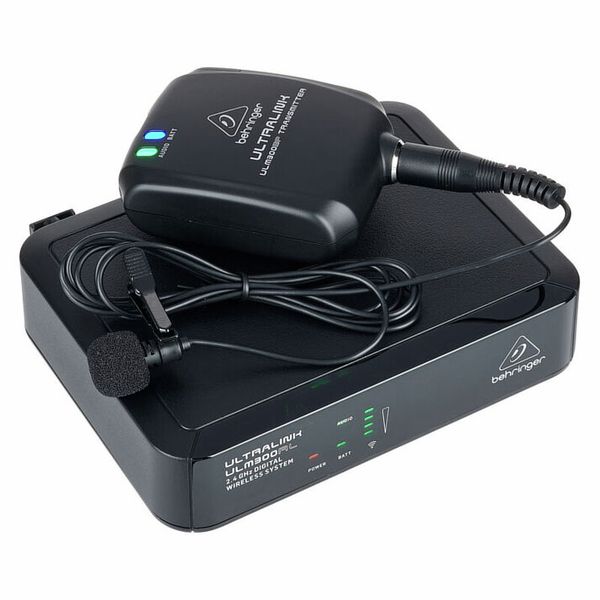
Choosing the Right Wireless Lavalier Microphone
Investing in a high-quality wireless lavalier microphone can dramatically enhance your audio recording capabilities. Whether you’re a filmmaker, content creator, or public speaker, the right microphone can make a substantial difference in how your audio is received. By understanding the key features, benefits, and best practices outlined in this guide, you can confidently choose a system that meets your specific needs.
Keep in mind that audio quality is often just as crucial as video quality in engaging audiences. With the right lavalier microphone, you can ensure that your voice comes through loud and clear, allowing your message to resonate effectively. As you explore different options, focus on the features that align with your recording style, and be prepared to experiment to find the perfect setup. Doing so will set you on a path to capturing immaculate sound in any setting, making your projects more professional and polished.
